(7) items in your cart
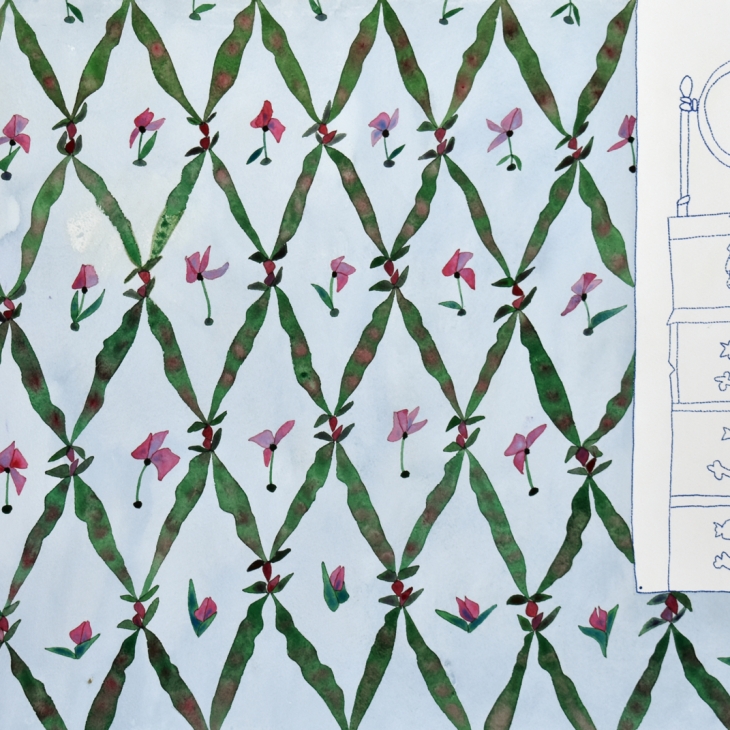
Price: €1080

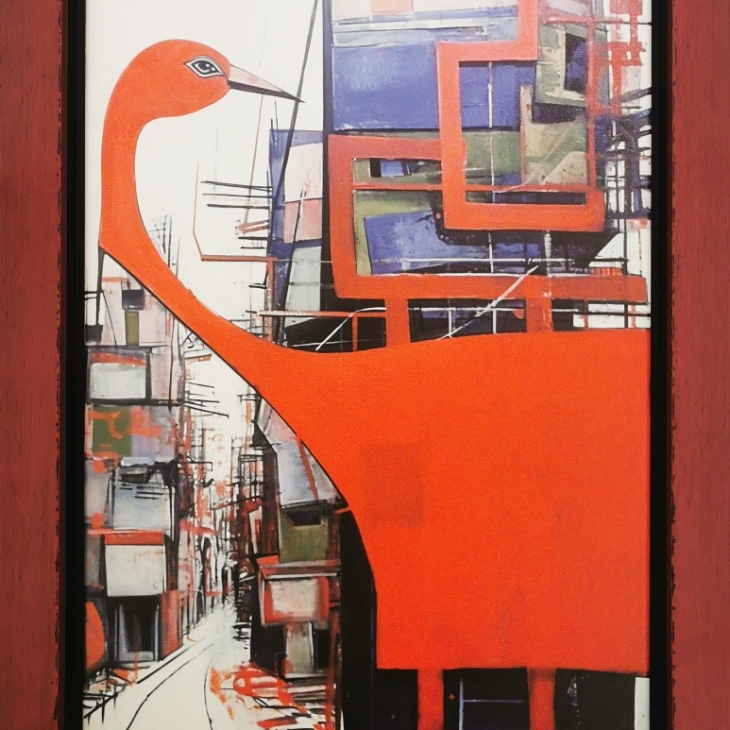
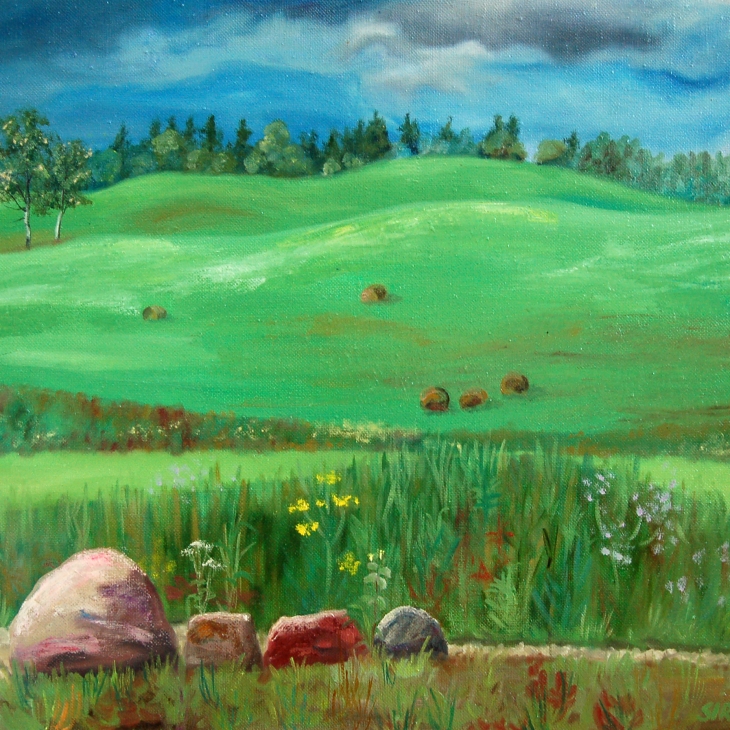
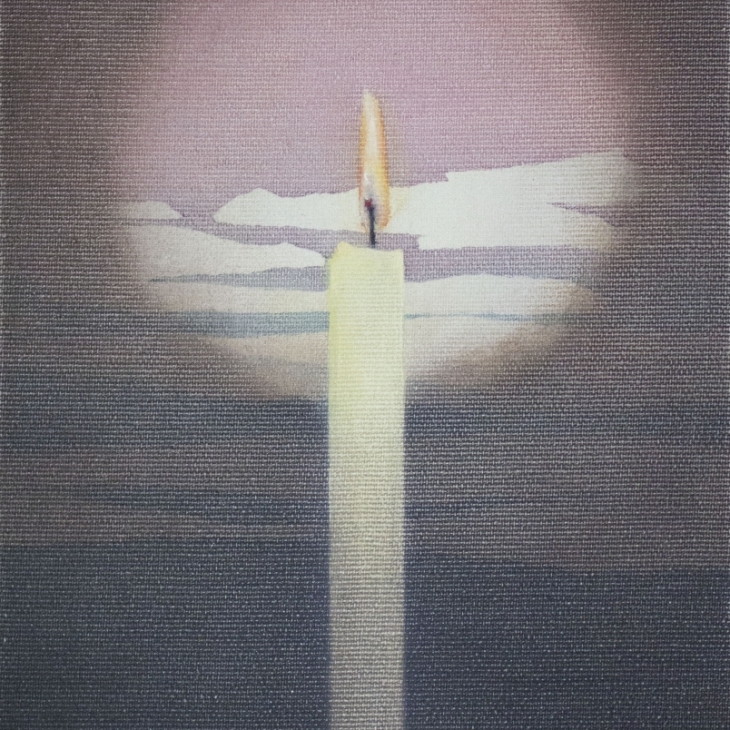
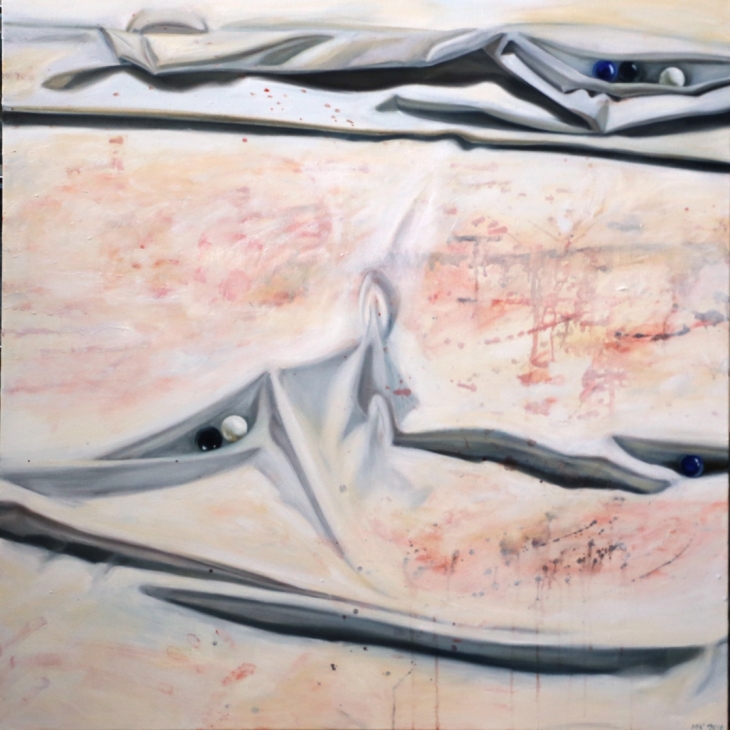

The exhibition presents the nominees for Finland’s most significant visual-art prize: Henni Alftan (Finland), Tuomas A. Laitinen (Finland), Lap-See Lam (Sweden), Camille Norment (Norway) ja Emilija Škarnulytė (Lithuania).
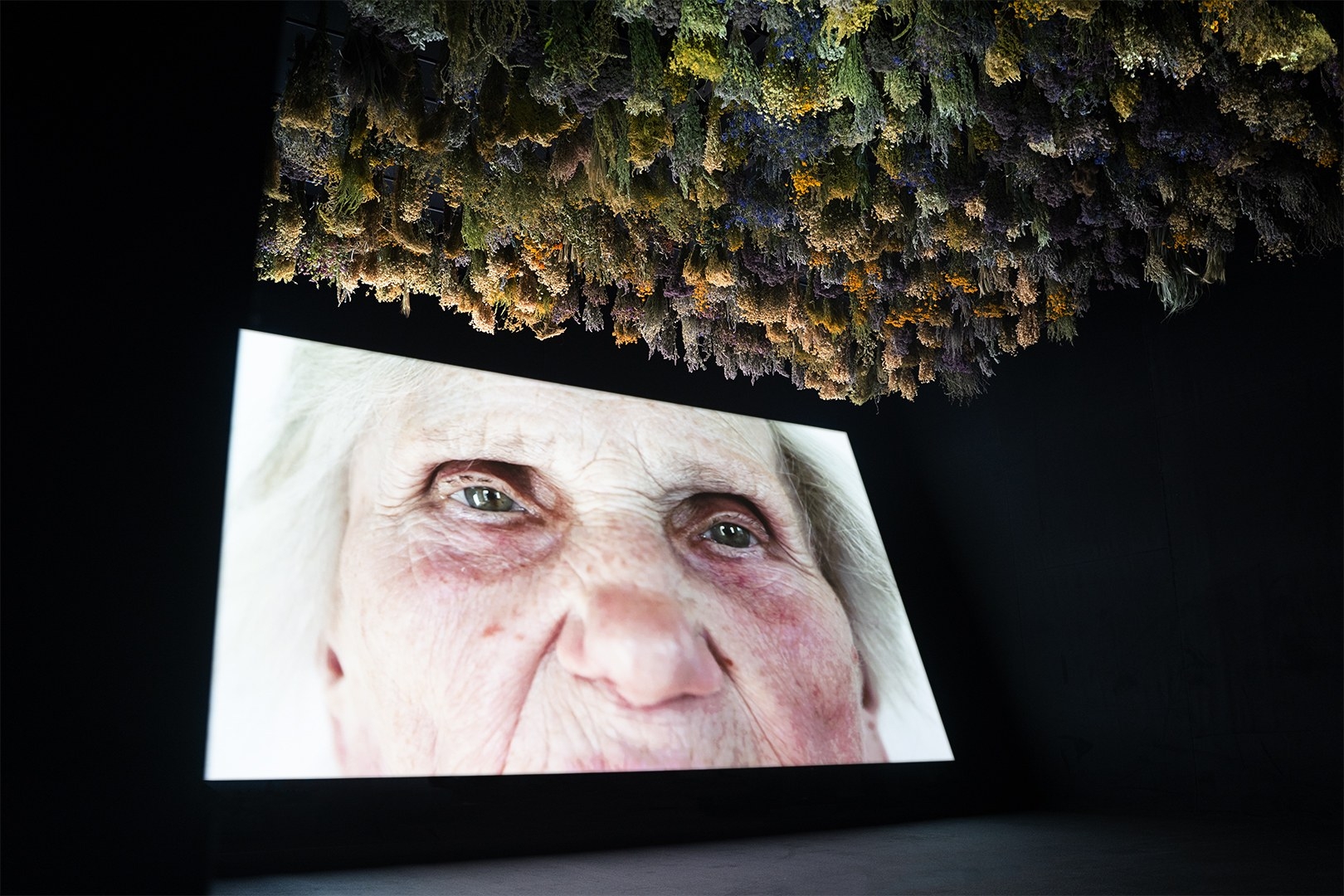
Emilija Škarnulytė, Aldona, 2013. Photo Finnish National Gallery/ Iisa Smeds.
The Henna and Pertti Niemistö Art Foundation – ARS FENNICA sr was established in 1990. In alternate years, the Foundation awards Finland’s most significant visual-art prize – 50,000 euros.
The prize goes to an artist in recognition of individual artistic work of outstanding quality. An award committee appointed by the Foundation nominates the candidates and also an international art expert, who then chooses the prize winner from among these candidates. The candidate artists have variously been from Finland, the Nordic countries and the Baltic States.
The exhibition of the Ars Fennica candidates has previously been seen at Kiasma five times in 2007, 2009, 2010, 2014 and 2017.
Henni Alftan (b. 1979, Helsinki) paints everyday subjects – interiors, landscapes, personal belongings and figures. The carefully composed close-ups challenge us to consider not only what we see but also what remains outside the edges of the canvas. Combining the familiar with the unfamiliar, Alftan’s works invite us to observe them with care, to look for something in the images that is not immediately apparent.
Due to the tight cropping, there are only scant details in the paintings: a curtain, a clock, a book. Apertures such as windows or doorways, reflecting surfaces, shadows and the inclusion of an image within the image open up new spaces in the works.
Tuomas A. Laitinen (b. 1976) works with moving images, sound, light, glass, as well as chemical and microbiological processes, and algorithms. In his practice he explores the coexistence of different species, creating installations and situations that highlight the interconnections between language, body and matter in changing ecosystems. His influences include science fiction, mythology and schools of thought that seek new practices for sustainable coexistence on Earth.
The Earth is the Ear of the Bear invites you to slow down and listen. The soundscape becomes audible as visitors move around the space quietly and listen carefully. The ultrasound speakers attached to the metal sculptures project sound that appear to come simultaneously from multiple directions. The portrayed figures are shape-shifting mythical creatures that resemble life forms such as octopuses, praying mantises and humanoids. The world in the installation exists in a state of constant metamorphosis. Through this work, Laitinen imagines what it was like to exist before humans began dividing up the world into exact taxonomies and value hierarchies.
In the 2010s when many Chinese restaurants in Sweden went insolvent or changed ownership, including the one run by Lap-See Lam’s parents, the artist set out to make 3D scans of as many of them as possible to preserve their histories. Resulting in an expanded archive, these glitchy reproductions have since defined her visual vocabulary. Spanning from sculptures to video, Lam’s works decode the ambiguous connotation of chinoiserie and address the cultural transformation of the Hong Kong Chinese in Europe.
The installation Tales of the Altersea is about adversity, the pursuit of dreams and liberation. The images projected onto the floor and walls of the space are reminiscent of traditional Chinese shadow puppetry. Some of the figures are characters from folk tales, such as the giant bird Da Peng, which began its life as a fish and could darken the whole sky with its wings, symbolizing indomitable will. Another is the half-fish, half-human Lo Ting, a rebel figure who defied authority. Set in a fictional ocean called the Altersea, the installation depicts the underwater journey of twin sisters swimming inside a Chinese restaurant called the Sea Palace. A floating restaurant of the same name transported from Shanghai to Europe today serves as a haunted house in a Stockholm amusement park.
Artist and filmmaker Emilija Škarnulytė (b. 1987, Vilnius) works primarily with deep time, the realm of extremely slow change. Exploring the indisputable problems of our historical era, such as climate change, she tries to look at them from the imaginary perspective of a future archaeologist or geologist. Her works often take place in ecologically unique locations, such as the deserts of the American West or the Middle East, nuclear power plants in Europe, Cold War bases, and aphotic (lightless) zones of the sea. Camera becomes an archaeological tool that pierces through various layers: cosmical, geological, ecological and political.
The figure in the video is the artist’s Lithuanian grandmother Aldona, who lost her vision in spring 1986. Doctors assessed that her optic nerves had been damaged by exposure to radioactive contaminants in the Chernobyl nuclear disaster. Part of the video was filmed in Grutas Park, a theme park and repository for idealized communist statues. The medicinal herbs in the installation were gathered from the area around the Gerdašiai Entomological Reserve near Aldona’s home. The region lies on the border between Lithuania and Belarus, which is currently also the border of the NATO defensive alliance and the European Union.
For Camille Norment (b. 1970, USA), a sound wave advancing through time and matter is like an elemental force that reverberates psychosocially, affecting the body, mind and society, moving through experiences and histories. Employing the term cultural psychoacoustics, the artist describes her work as an examination of entangled political and socio-cultural phenomena through sound and music.
The installation at the exhibition consists of a pattern of architectonic seating structures and oscillating, tactile sound from resonating voices. Resonance occurs when objects or bodies vibrate at the same frequency. The form of the seating structures is based on fractals – geometrical shapes that repeat the same structure over and over again like an endless loop. The artist invites visitors to sit down and participate in the work with their own bodies and voices.
Galerii nimi: Kiasma Museum of Contemporary Art
Address: Mannerheiminaukio 2, FIN-00100 Helsinki, Finland
Opening hours: Tue-Fri 10:00 - 20:30 Sat 10:00 - 18:00 Sun 10:00 - 17:00
Open: 08.09.2023 — 18.09.2023
Address: Mannerheiminaukio 2, FIN-00100 Helsinki, Finland
Opening hours: Tue-Fri 10:00 - 20:30 Sat 10:00 - 18:00 Sun 10:00 - 17:00
Ticket info: museum ticket 20 € / 12 € under 18 yr. 0 €
Open: 08.09.2023 — 18.09.2023